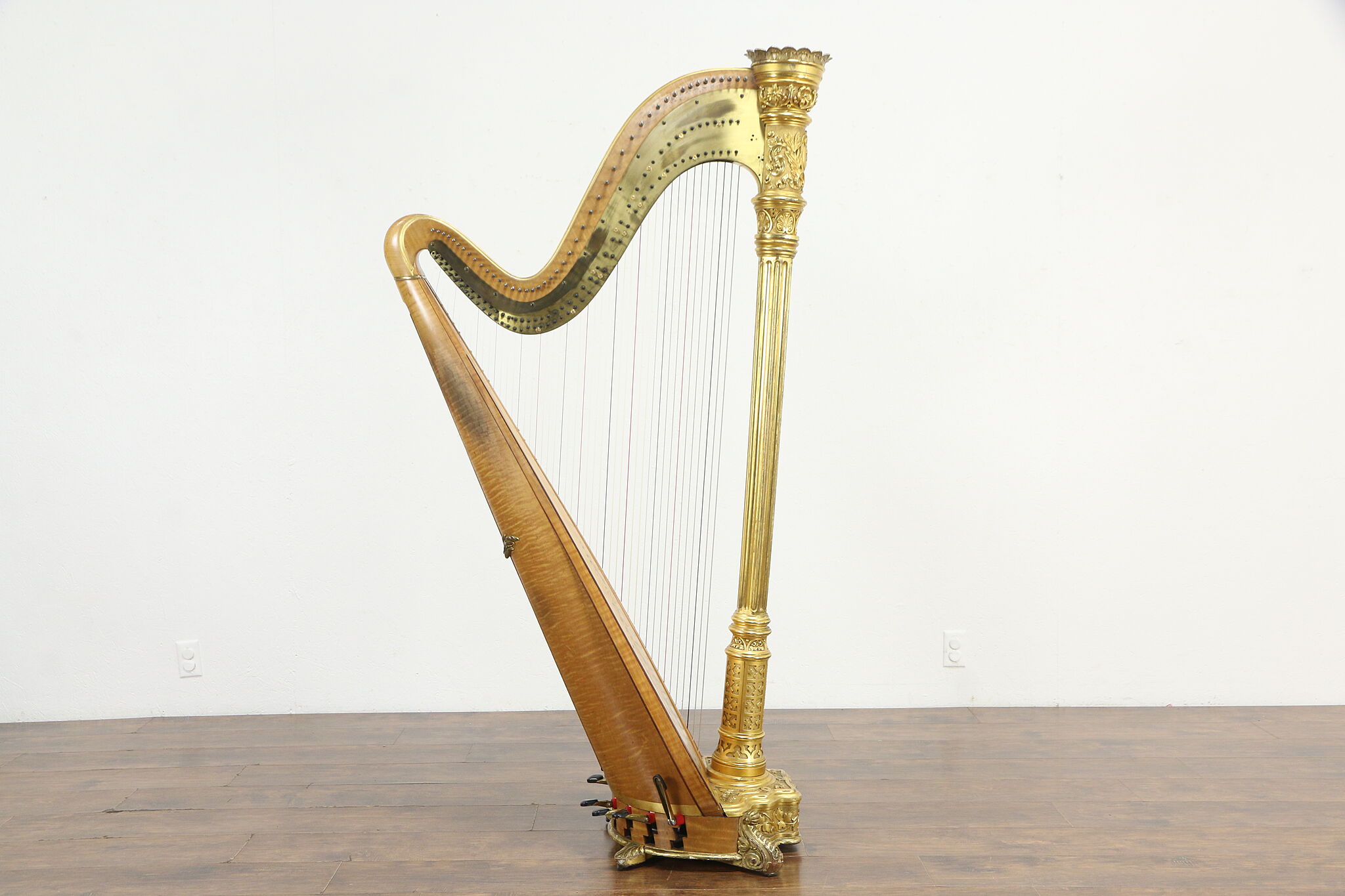

Room Mix Presets feature an excellent mix-down to stereo from the Decca tree and surround mic positions for a CPU and RAM-saving sound that’s perfectly balanced right out-of-the-box. Blending surround signals with the other microphone signals creates a denser, more lush overall sound, even in stereo applications. The main surround microphone settings may also be used instead of the main stereo room mics in order to achieve a wider and more ambient mix. Main/Room Mic – Decca Tree Stereo (L/R)Ĥ. The difference lies in the number of provided microphone positions:ģ. The Standard Library and the Full Library of Synchron Harp both include the same set of articulations and software functionalities. Microphone Setup - Standard & Full Library Two strings enharmonically tuned to the same note are also used when playing bisbigliando, a tremolo technique that would be impossible to perform on a single string. In the case of a diminished seventh chord (which contains four different notes), only one note is played by a single string, and each of the other three notes is played by two enharmonic equivalent strings, resulting in a full and rich sound. Through enharmonic tuning, not only seven-note scales in major and minor are possible, but also six-note scales (including whole-note scales), pentatonic, and four-note scales.

Given the harp’s diatonic possibilities, glissando is a typical playing technique where the harp shines above all other instruments. The more pedals need to be operated at the same time, the longer it takes the harpist to change the tonality of the instrument. Changing the scale from C major to A major therefore requires three pedal changes: F to F#, C to C#, and G to G#. Pressing the C pedal down to its bottom position presses a second set of pins against the strings to shorten them by a semitone, resulting in C#/Db. Moving, e.g., the C pedal up to the top position removes the little pins that press against each C string so that they ring freely in their entire length, sounding a semitone lower, in this example Cb, which is also B enharmonically. With all pedals in their middle position the tuning of all strings corresponds to the white keys of the piano. There are seven strings per octave, and seven pedals: C, D, E, F, G, A, B. The range of the harp is almost equivalent to that of the piano.


 0 kommentar(er)
0 kommentar(er)
